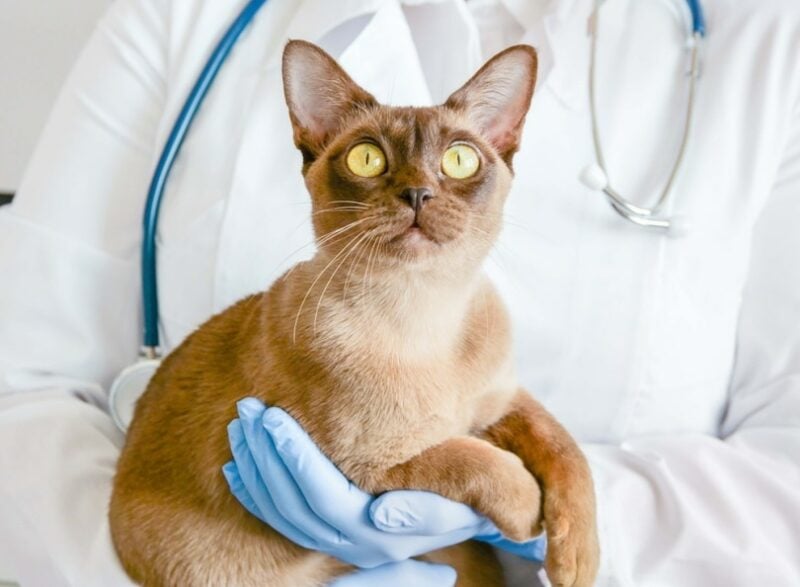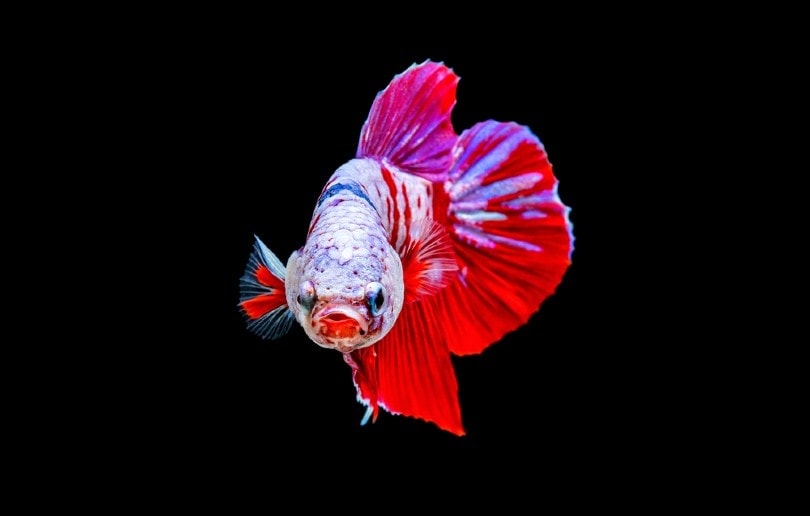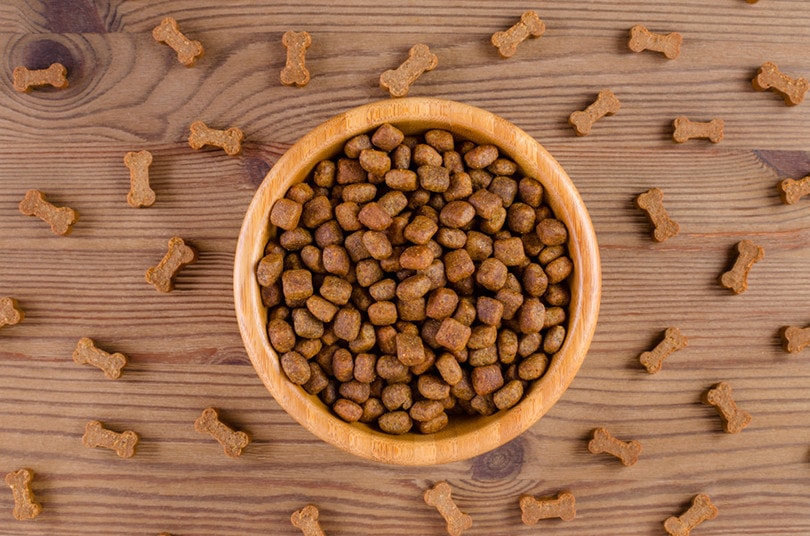Does My Dog Need Grain in Their Diet to Stay Healthy? Facts & FAQ
By Lorre Luther
Updated on
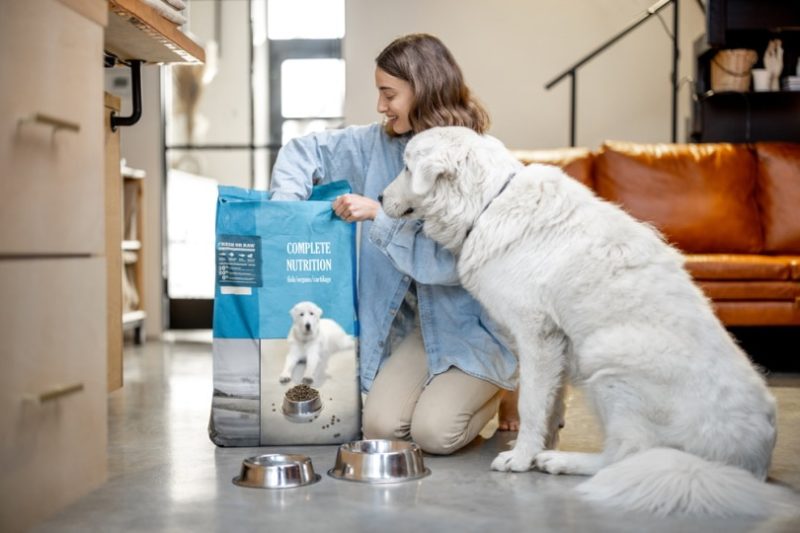
As omnivores, dogs can digest and obtain nutrients from various sources, including grains, fruit, vegetables, and animal protein. Dogs require a range of vitamins, minerals, and nutrients for optimum health, some of which, such as carbohydrates, are most easily obtained from grains and vegetables.
Grains deliver plenty of canine health benefits, including fiber for healthy digestion and carbohydrates to maintain your pet’s energy. Rice, wheat, barley, and other cereals also provide essential vitamins and minerals critical to canine health. While some pets have food allergies, avoiding grain may not solve the problem, as most canine food allergies involve proteins. Recent evidence suggests a link between grain-free diets and canine dilated cardiomyopathy, but until more tests are run, the results do not show that grain-free meals are unhealthy for dogs. It’s always best to speak with your veterinarian before switching your dog to a grain-free diet.
What Do You Mean By Grains?
Grains are edible seeds of grasses and grass-like plants called cereals. They’re members of the Gramineae family and include barley, corn wheat, oats, sorghum, millet, and rice. Grains are often ground and made into staples such as bread, oatmeal, pasta, and tortillas. They also form the basis of sweeteners such as high fructose corn syrup and rice syrup. Rice, barley, sorghum, rye, oats, corn, and wheat are often included in commercial dog food formulations, although grain-free options are available.
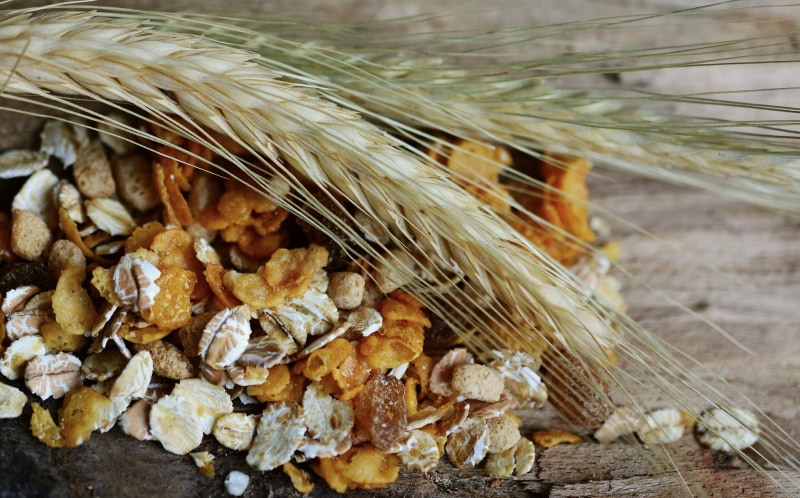
So How Much Grain Does My Dog Need?
There’s no one simple answer to that question, as each grain has a different nutritional profile and level of bioavailability. The best way to ensure your dog is eating a balanced diet that includes all the protein, fat, vitamins, minerals, and other important nutrients your pet requires is to feed them high-quality commercial pet food that meets the American Association of Feed Control Officials (AAFCO) nutritional requirements1. The AAFCO doesn’t certify food but is the scientific organization pet food manufacturers turn to for guidance on veterinary nutrition.
Each state uses the nutritional guidelines set by the AAFCO to regulate pet food products. Pet foods that meet AAFCO nutritional guidelines provide all the vitamins, minerals, and other nutrients dogs require to stay happy and healthy.
What About Allergies?
While dogs sometimes develop sensitivities, true food allergies are rare. Serious itching, skin lesions, and recurrent ear infections are the most common signs of a canine food allergy. But these reactions are most often linked to protein, not grain consumption. Beef, chicken, and dairy products tend to be the biggest offenders. Most veterinarians recommend switching dogs with allergies to a high-quality commercial formulation featuring a single source of protein to reduce the chance that your pet will have an allergic reaction.
You’ll most likely need to put your pet on an elimination diet to determine what’s sending their immune system into overdrive. But keep in mind that there’s a difference between food allergies and sensitivities. Food allergies trigger your pet’s immune system, while food sensitivities often result in vomiting and diarrhea after consuming a problematic food.
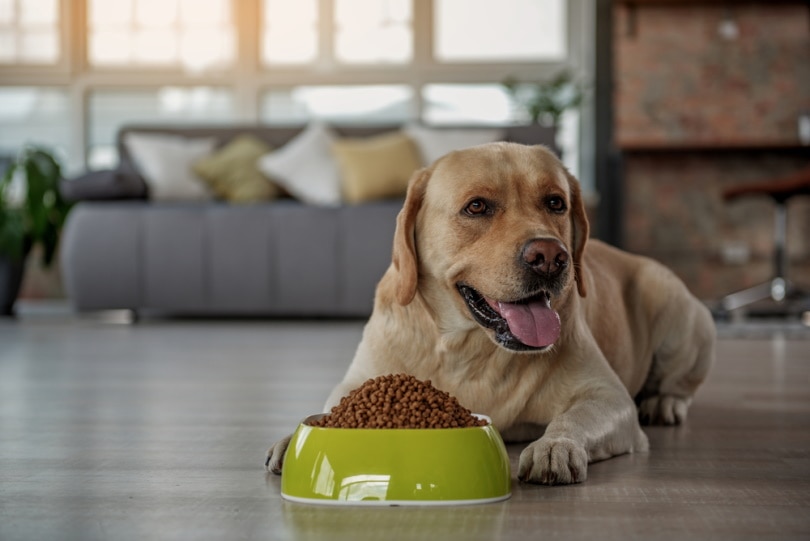
What About High-Protein Diets?
Dogs do best when they get just the right amount of protein. The AAFCO recommends that healthy adult dogs consume a diet of at least 18% protein. Requirements for puppies and nursing dogs are a bit higher. But giving your pet too much of a good thing can be counterproductive if they’re getting low-quality protein that’s not readily bioavailable and digestible.
Dogs that eat more protein than their bodies can efficiently handle often gain weight and have stinky feces. Serving high-protein dog food doesn’t necessarily mean your pet won’t be eating grain, as many of these formulations include cereals.
Can Eating a Grain-Free Diet Harm My Dog?
There’s evidence that some dogs that consume grain-free, single-protein diets don’t get enough taurine, which is an important amino acid that supports canine heart health. Dogs that don’t obtain sufficient taurine sometimes develop dilated cardiomyopathy (DCM), a potentially fatal heart condition. Large breeds appear to be at higher risk of developing DCM. Recent studies suggest a link between the legumes often included in grain-free formulations and the development of the disease.
Not only do grains provide calories, minerals, and vitamins, but they’re also great sources of fiber, which helps keep your pet’s gut healthy and their bowels regular. However, too much can cause dogs to have difficulty absorbing nutrients. But it’s difficult for your dog to obtain too much fiber if they’re primarily eating high-quality commercial pet food.
- Optimize the benefits of your dog’s diet with our calorie calculator here.
Conclusion
As omnivores, dogs can consume, digest, and absorb nutrients from both animal and plant sources, including grains. Grains are packed full of essential vitamins and minerals that dogs require to stay in top shape. Canine food allergies are rare and usually caused by beef or chicken, not grain. Before switching to a grain-free diet or changing your dog’s pet food, talk to your veterinarian to ensure the new diet meets your pet’s nutritional needs.
Featured Image Credit: RossHelen, Shutterstock







